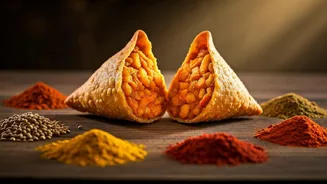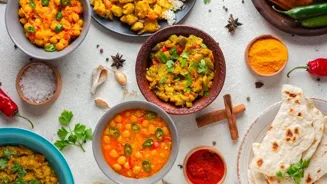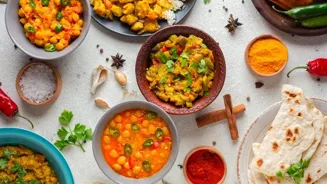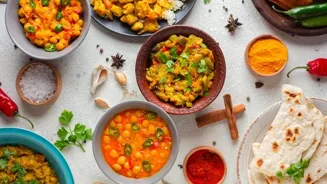Unlock the Magic of Indian Spices with 7 Must-Have Ingredients! Dive into the world of flavor and embark on a delicious journey!
India, a land of vibrant colors, rich culture, and of course, a culinary
heritage that spans centuries. The secret ingredient behind every mouthwatering Indian dish? Spices!
These aromatic wonders aren't just about adding flavor; they're nutritional powerhouses, offering numerous health benefits and transforming ordinary meals into extraordinary experiences.
For any home cook eager to explore the true essence of Indian cuisine, stocking up on these seven essential spices is the perfect starting point. Get ready to unlock a world of flavor and embark on a delicious journey!
Turmeric (Haldi): The Golden Healer
Turmeric, instantly recognizable by its bright yellow-orange hue, is arguably the most celebrated spice in the Indian pantry. Beyond its vibrant color, turmeric boasts powerful anti-inflammatory and antioxidant properties, thanks to its key compound, curcumin. Using it every day is easy to use.

It brings a warmth and depth to vegetarian curries, lentil soups (dal), and vegetable stir-fries. A pinch of turmeric is often added to hot milk (haldi doodh) for its soothing and immunity-boosting benefits, especially when dealing with a cold or sore throat.
Turmeric is essential in any Indian kitchen. Be sure to store it in an airtight container away from direct sunlight to preserve its potency and color. When buying turmeric powder, look for a bright, even color and a strong, earthy aroma. Many people are using this every day.
Its subtle, peppery flavor enhances a variety of dishes, making it truly indispensable. Don't be afraid of experimenting with it! It is a fantastic coloring agent and it provides health benefits. It plays a role in reducing inflammation, boosting immunity, and promoting overall well-being.
A teaspoon in your dishes adds a lot of flavor.
Cumin (Jeera): The Earthy Backbone
Cumin, with its warm, earthy flavor and subtle peppery notes, is a fundamental spice in Indian cooking. It's available in both seed and ground form, and both offer distinct advantages.
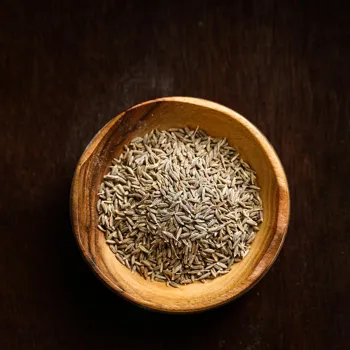
Cumin seeds are often tempered in hot oil or ghee at the beginning of a recipe to release their aromatic oils and infuse the entire dish with flavor. Ground cumin is a convenient option for adding depth and complexity to sauces, stews, and spice blends. Cumin is also a digestive aid.
It is often added to dishes to help ease digestion and reduce bloating. You might find that jeera water helps. You can make jeera water by steeping cumin seeds in hot water. And you can get it done in just a few minutes. Cumin is used in many dishes.
From hearty vegetable curries to cooling yogurt-based raitas, cumin adds a layer of warmth and complexity that elevates the dish. Toasting cumin seeds before grinding them enhances their flavor profile, bringing out their nutty nuances.
Coriander (Dhania): The Fresh and Fragrant Touch
Coriander, known as dhania in Hindi, exists in two forms: seeds and fresh leaves. Both are indispensable in Indian cuisine, each offering a unique contribution. Coriander seeds have a citrusy and slightly sweet flavor. It adds a bright and refreshing element to spice blends.
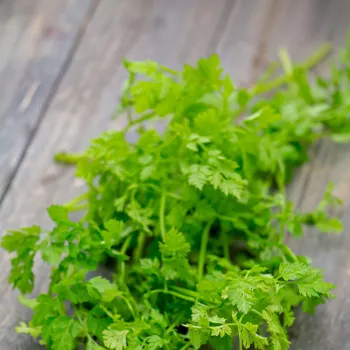
They are often roasted and ground to release their full aroma before adding to dishes. Fresh coriander leaves, on the other hand, are used as a garnish, adding a burst of freshness and vibrancy. They are best added at the end of cooking to preserve their delicate flavor and bright green color.
Sprinkling fresh coriander over a finished dish not only enhances its visual appeal but also adds a refreshing, clean taste that cuts through the richness of the other spices. Be sure to wash and dry them thoroughly before chopping and using. Add them to your every-day dish.
Coriander is very versatile with the flavor profile it brings to the table.
Mustard Seeds (Rai): The Pungent Pop
Mustard seeds, tiny but mighty, are used extensively in South Indian cuisine and also feature prominently in certain North Indian dishes. There are two main varieties: black mustard seeds and yellow mustard seeds, with the black variety being more pungent and commonly used.
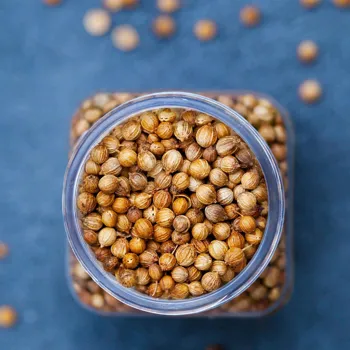
The magic of mustard seeds lies in the tempering process. When heated in hot oil, they pop and crackle, releasing their characteristic nutty and slightly bitter flavor. It can transform a plain dish. This process infuses the oil with flavor, which then carries throughout the dish.
Mustard seeds are often used in tadka or tempering, a technique where spices are fried in hot oil or ghee and then poured over a dish to add flavor and aroma.
Mustard seeds are not just about flavor; they are also known for their potential health benefits, including aiding digestion and reducing inflammation. Tempering mustard seeds is a simple yet powerful technique that adds a unique dimension to Indian cooking.
Chili Powder (Mirch): The Fiery Kick
No Indian spice rack is complete without chili powder, the source of heat and intensity in countless dishes.
The level of spiciness can vary widely depending on the type of chili used, ranging from mild Kashmiri chili powder, known for its vibrant color and subtle heat, to fiery hot varieties that pack a serious punch. Be mindful of your spice tolerance!
Indian cuisine offers an array of chili powders for every palate. Always start with a small amount and adjust to your preference. Chili powder is more than just heat. It adds depth and complexity to dishes. It has a fruity or smoky nuance. It also adds a nuance to a flavor profile.
It is an essential ingredient in many marinades, sauces, and curries. Store chili powder in an airtight container in a cool, dark place to prevent it from losing its potency and color. If you love the taste, use it everywhere!
Garam Masala: The Warm Spice Blend
Garam masala, meaning "warm spice blend," is not a single spice but a blend of several aromatic spices, typically including cinnamon, cardamom, cloves, cumin, coriander, and black pepper. Every family has recipe. Recipes are passed on from generation to generation.
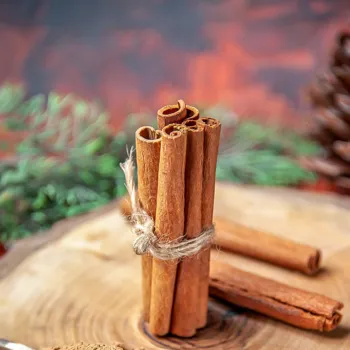
Garam masala adds a warm, complex, and slightly sweet flavor to dishes. It is usually added towards the end of cooking to preserve its aroma and flavor, not overwhelming other spices. Garam masala is used in a wide range of dishes.
These dishes can go from vegetable curries and lentil stews to biryanis and even desserts. It’s a versatile blend that enhances any dish. The magic of garam masala lies in finding the right balance of spices to create a harmonious flavor profile that complements other ingredients.
Experiment till you find the right combination spice profile that you prefer. This adds depth to a dish.
Ginger-Garlic Paste: The Aromatic Base
While not a single spice, ginger-garlic paste is a quintessential ingredient in Indian cooking, forming the aromatic base for countless dishes. It's a simple combination of fresh ginger and garlic, ground into a smooth paste. The flavor is both pungent and slightly sweet.
It is essential in the creation of flavorful dishes. Ginger-garlic paste is best made fresh at home. It has a flavor and aroma that is unmatched. It is essential to marinades, sauces, curries and stir-fries. It adds warmth and depth to the dishes.
It's also a great way to add your individual touch to your food. You can customize the ratio, using more ginger, or garlic, depending on what you like. This paste is the foundation of many Indian dishes, the beginning point of flavor. The base unlocks further layers of flavor.
These seven spices are not just ingredients; they are the building blocks of exquisite flavor, the key to unlocking the magic of Indian cuisine in your own kitchen.
With a little experimentation and a lot of passion, you'll be able to create authentic and delicious Indian dishes that will delight your family and friends.
AI Generated Content. Glance/InMobi shall have no liability for the content



